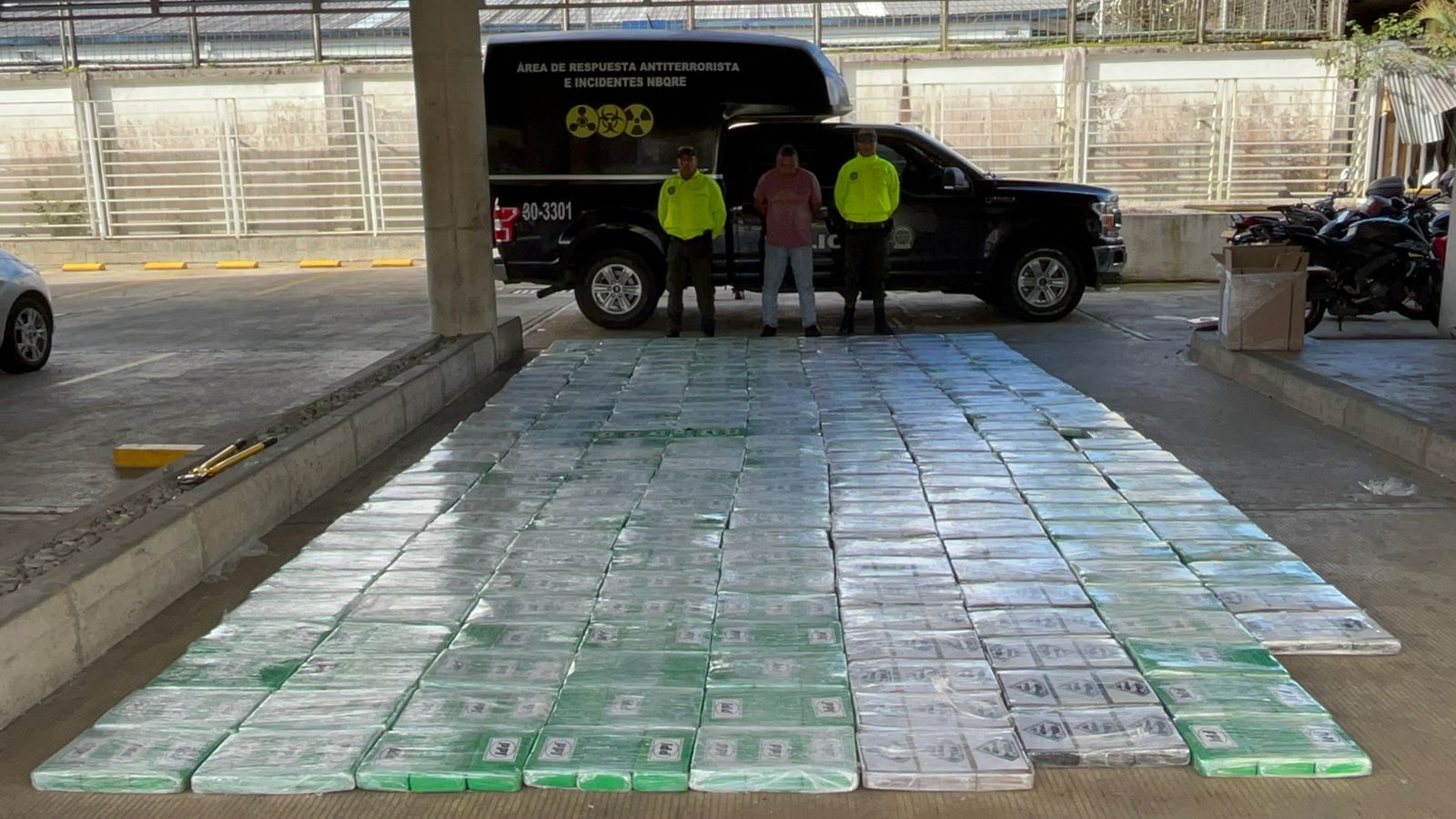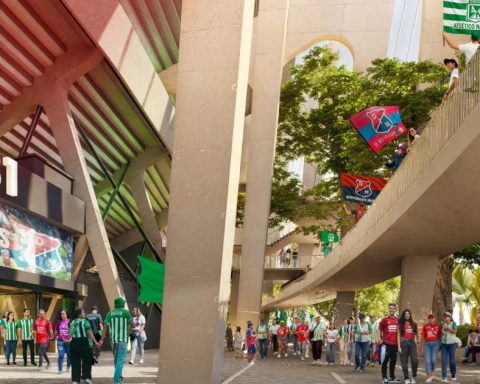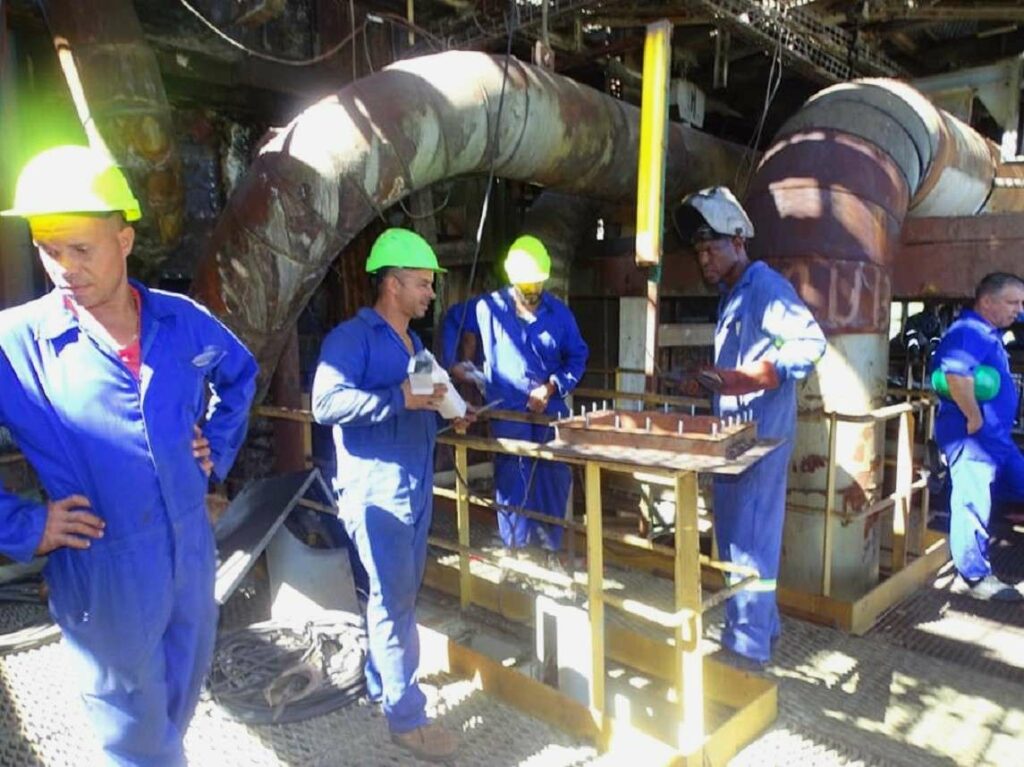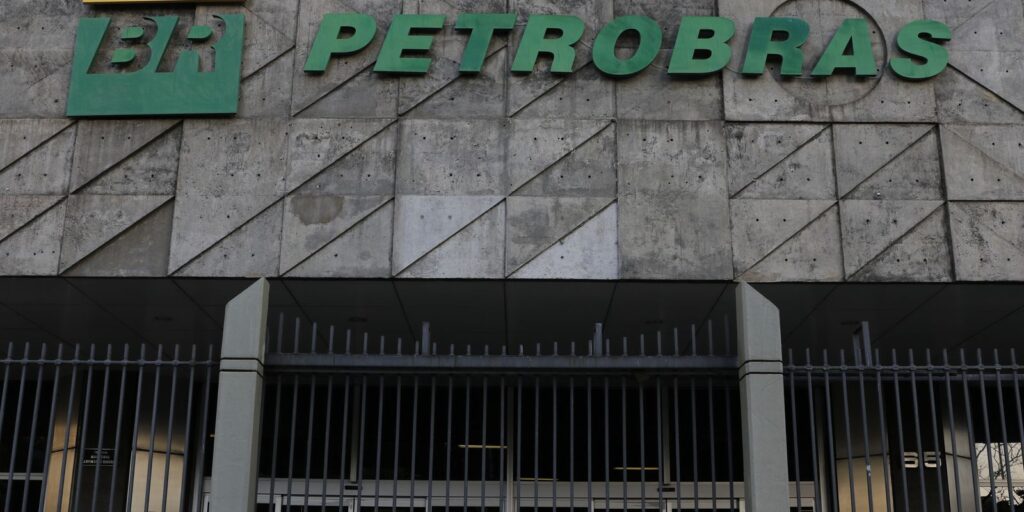Global cocaine production has skyrocketed to all-time highs after a short break due to the covid-19 pandemic, with enormous demand and increasingly more criminal groups involved, says the UN in a study published this Thursday in Vienna.
“World supply is at record levels”, points out the World Report on Cocaine 2023, which specifies that in 2020 almost 2,000 tons of cocaine hydrochloride, more than double that in 2014.
This production is of the highest purity, hence the number that reaches the market is much higher when drug traffickers mix the drug with other substances to increase your profits. The increase in production is due to both the expansion of coca bush cultivation as well as improvements in the transformation process into cocaine.
In context: Colombia will propose to the UN that coca leaf be removed from the list of prohibited substances
The report details that coca cultivation shot up 35% between 2020 and 2021, a record figure and the largest year-on-year increase since 2016.
The strong growth in supply is accompanied by a Steady rise in demand for cocaine. Although the traditional markets for this drug, North America and Europe, are still the most important, the enormous production can allow a expansion into Africa and Asia.
“The increase in the global supply of cocaine should put us all on high alert”, declared in a statement the director of the United Nations Office on Drugs and Crime (UNODC), Ghada Waly. “The expansion potential of the cocaine market in Africa and Asia It’s a dangerous reality,” he added.
Neverthelesscocaine seizures by security forces around the world have also increased considerably, and reached the record number of almost 2,000 tons in 2021. In fact, those seizures increased faster than production, which means that it has contained the growth of cocaine available for consumption.
It may interest you: Government reduced goal of eradication of illicit crops for 2023
New routes
The great ports of the North Sea, such as Antwerp, Rotterdam and Hamburg have replaced Spain and Portugal as the most frequent places of entry of cocaine into Western Europe. Only in Antwerp were seized in 2021 almost 90 tons of cocaine, Meanwhile in Rotterdam were more than 70 tons.
Drug traffickers try to introduce large amounts of drugs in containers taking advantage of the enormous commercial activity in these ports.
Although Colombia continues to dominate the routes from South America to the US market, the drug traffickers have diversified their routes in Central America, from where more and more cocaine is shipped to Europe.
Some regions like West and Central Africa, just like him southeast europe are increasingly important as key drug transit areas.
Also read: Alleged members of a drug trafficking network that sent cocaine to the US are killed.
More criminal groups
The report notes that the crime landscape is fragmenting and there are more and more criminal groups involved in the business. The demobilization in Colombia of the FARC, that until then controlled many of the coca-growing regions of the country, paved the way for other groups, both local and foreign, especially from Mexico and from the Balkans.
In Brazil organized crime seems to increasingly target Portuguese-speaking African countries, such as Mozambique, Angola and Cape Verde. Furthermore, the report reveals that so-called “service providers” have proliferated, that is, specialized groups that provide their services throughout the supply chain in exchange for payment or commission.
“These groups go from biker gangs in Belgium up groups of well-connected organized crime in Guatemala. Experts believe that this practice is widespread Central and South America, the Caribbean and Africa”, indicates the report.
Experts state that when smuggling routes and methods converge the same groups may be involved in various criminal activities.















